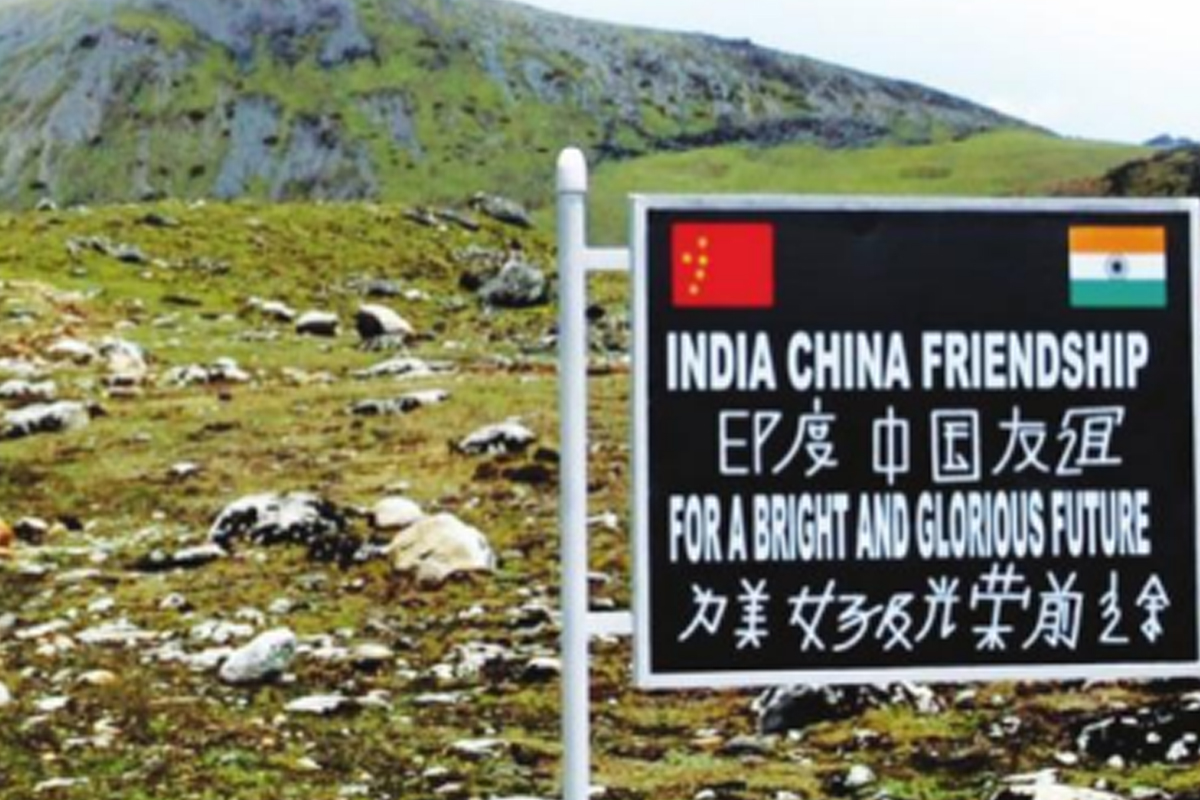On 14 March, the United States formally recognised the McMahon Line as the international boundary between India and China. The US also rejected Beijing’s claim that India’s North Eastern state Arunachal Pradesh falls under Chinese territory anyway.
The resolution also condemned Chinese provocations in the region which includes Chinese military activities across the international border with India, the construction of villages in contested areas, and the publication of maps featuring Arunachal Pradesh.
Former US ambassador to Japan and Senator Bill Hagerty said that this bipartisan resolution expresses the Senate recognising the state of Arunachal Pradesh as an integral part of India.
Naturally, this has got wide media coverage.
The question is not what anybody else is saying regarding a certain area of India. Arunachal Pradesh has been and will remain an integral part of India. India does not need ratification from anybody for this.
However, the recent developments raise certain legitimate questions. What does the move of the United States regarding the Arunachal Pradesh-China border actually mean for India? What message does it send to Beijing? Why has the United States decided to bring such a resolution at this point in time? Is this a success of Indian diplomacy against China? Should this be seen as a part of American strategy to remain relevant in the geopolitical spectrum of East and Far East Asia? Is the beleaguered United States trying to appease India positioning it against China? Or is this a strategy to mount diplomatic pressure on China in the backdrop of China’s increasing escalations against Taiwan and some other US bases in the vast part of the South China Sea? Does it have any direct or indirect connection with the fallouts of the Ukraine war? These are relevant questions and impossible to bypass.
In fact, it depicts both probabilities and apprehensions regarding the border between India and China as well as the international borders with those nations across the North East where China has a formidable presence and influence.
The issue has existed since 1914 and India decided to maintain the status quo after the end of colonial rule.
Naturally, this has been a bone of contention between India and China in the North Eastern frontier of India.
The issue keeps on provoking China and as the outcome of which the 1962 Chinese aggression took place.
The 1962 aggression of China reframed the border dynamics between India and China mostly in the western frontier of India.
However, China failed to achieve that much success in the eastern frontier; the McMahon line. Nevertheless, this impacted the border between Arunachal Pradesh and China. China violated McMahon Line and enhanced its vile design to penetrate into Arunachal Pradesh and built military infrastructure in some parts of Arunachal Pradesh illegally occupied by Beijing.
As the situation became complicated in Tibet in the form of an upsurge against Chinese aggression and suppression, more challenges evolved across the McMahon Line.
Even today, occasional limited military conflicts between the Indian and Chinese armies across the McMahon line are usual affairs.
All these prove one point – the stubborn approach of China to escalate against India and provoking other adjourning nations across North Eastern India to run anti-India missions.
Significantly, during the last seven decades since India emerged as a sovereign democratic nation, no such initiative has been made by the socalled superpowers.
Even India’s all weather friend former USSR and today’s Russia hardly seemed to stand by India against China.
This is also true that India faced challenges in the international platforms including the United Nations regarding Kashmir and related issues because of China and the US.
Who can forget the US and other Western powers taking a stand against India regarding insurgency and separatist movements in Nagaland and Mizoram on the Christian identity issue time and again? The chemistry formed between Angami Zapu Phizo and the Western leaders including the United States created volatility not only in Nagaland but the entire North East for which India paid heavily.
Naturally, the recent developments are bound to create doubts in any sensible individual. However, this is also true that India has changed both tone and trajectory as far as the country’s diplomatic and strategic missions and visions are concerned during the last few years. India’s foreign policy has attained remarkable success since the Ukraine war started.
India’s External Affairs Minister S Jaishankar has not only given a new shape to India’s foreign policy but he has evolved as a global statesman. His aggressive foreign policy drives have brought the West before the mirror on several occasions and both the US and European diplomats as well as Western media seemed to lick dust because of Jaishankar’s diplomatic genius. India has made a good balance in her relations with Russia and US-led NATO nations since the Ukraine war started.
India has maintained a steady relationship with Russia, Iran and Afghanistan as well as enhanced tieups in the name of democratic solidarity in the form of the Quad comprising India, Australia, Japan and the United States.
Similarly, India reframed diplomacy with strategic and security partnerships with various countries on her own terms during the past few years. All these have obviously made India’s position stronger particularly against Pakistan.
However, as far as China is concerned, India faces formidable challenges to-date.
The vulnerability in the North Eastern region of India is because of sinister Chinese design that often adds to the volatility of India’s border in the North Eastern frontier not only with China but other adjourning nations. The relevant question is: will the much-hyped legislation by the US Senate change the ground reality of the Arunachal-China border? Will such rhetoric prove to be helpful in compelling China to change its decades-old agenda against Arunachal Pradesh and the erstwhile North Eastern? The existing reality answers this.
The emerging scenario exposes India’s concern and apprehension.
Be it direct confrontation with China or facing the anti-India agenda of Beijing on the global forums, India always fought alone. As far as surveillance and protection of the border between India and China in Arunachal Pradesh are concerned, India is facing and will continue to do so putting her indigenous strength into use.
The more viable option for India is to form an Arunachal brigade like Assam Rifles or Punjab regiment. The youths of Arunachal Pradesh have been demanding this for a long time. However, the important thing for India will be to see things from a practical perspective.
This is significant to see what substantive the US resolution delivers for India considering Chinese escalations across the Arunachal border. This will bring the mouse out of the apron and display the real intention of the United States.
Obviously, Indian sentinels keep a close watch on Arunachal-China border and are capable and dedicated to protecting India’s interests against China at any cost.
(The writer is a freelance contributor. The views expressed are personal.)












